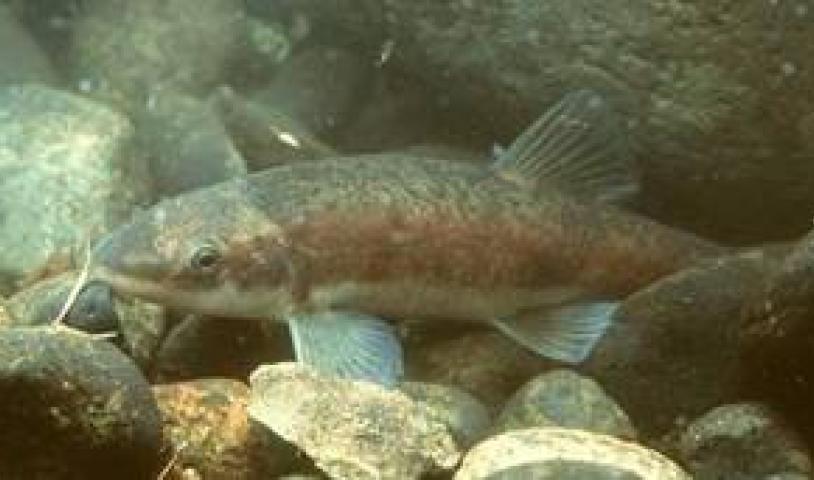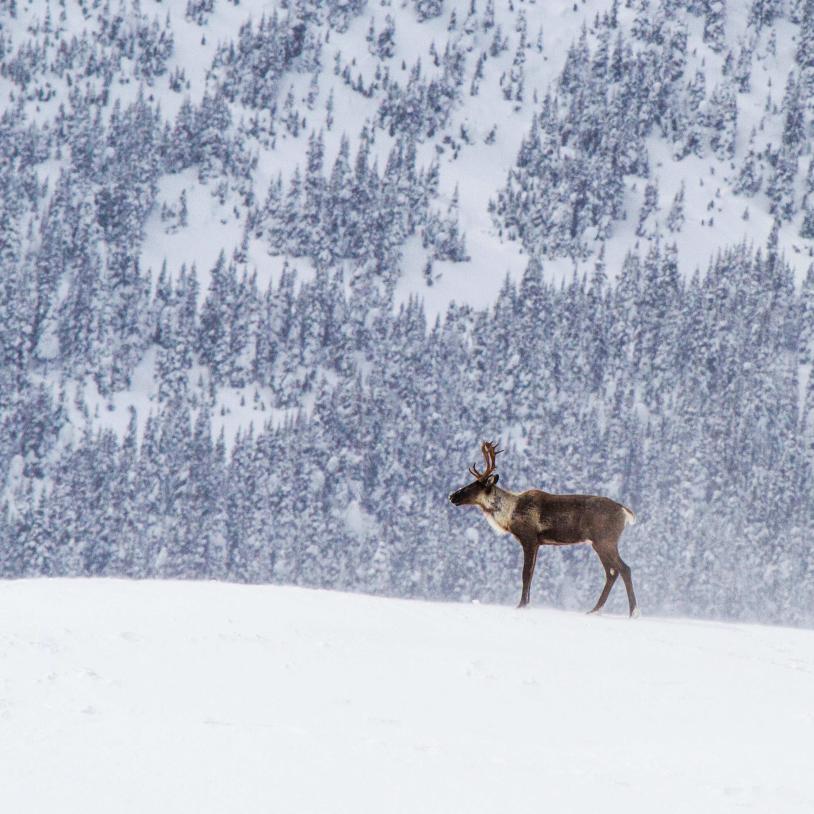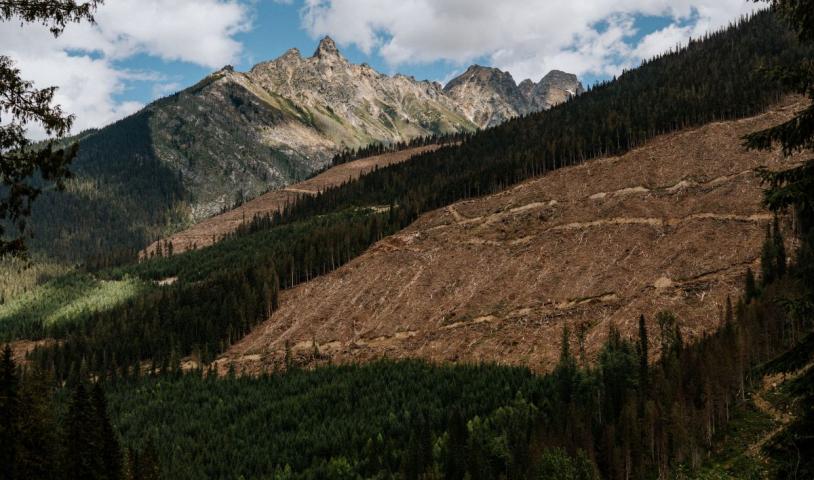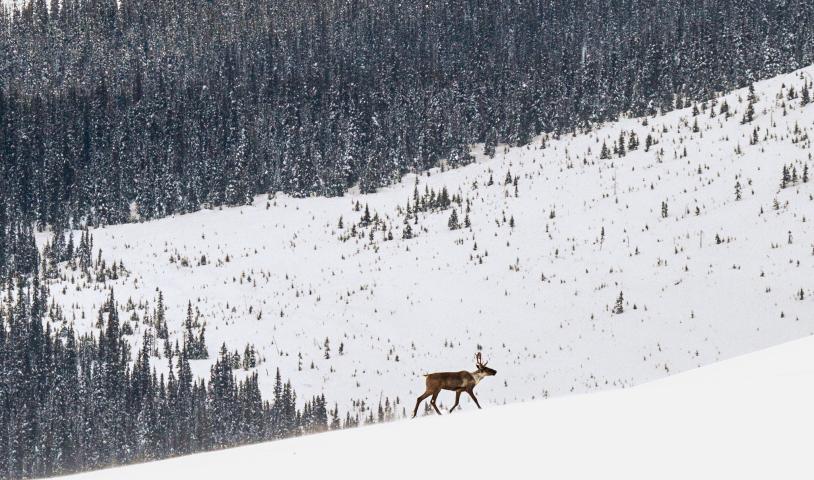Environmentalists celebrate court decision over rare minnows
Friday, September 11, 2009
VANCOUVER — B.C. environmentalists are celebrating after winning what some are calling a “whale of a lawsuit” in federal court this week.
At the heart of the legal victory is the Nooksack dace, an endangered minnow that can be found in just four freshwater streams in Metro Vancouver.
Federal fisheries authorities were admonished Wednesday by the court for failing to properly identify the habitat of the tiny fish, an omission scientists said has hindered protection efforts.
But environmental advocates, who launched the lawsuit in 2007, said the ruling is also precedent-setting and will benefit endangered species across the country.
“We got a barn-burner of a decision. It really means we have a tool to be able to recover species at risk in B.C. and Canada now,” said Gwen Barlee, policy director for the Wilderness Committee, one of four groups involved in the lawsuit.
“You’d never think it,” said Mike Pearson, a leading expert on Nooksack dace whose habitat-restoration efforts helped bring the case to court. “[The minnows] are very modest little animals.”
In a ruling handed down Sept. 9, Justice Douglas Campbell said the Department of Fisheries and Oceans was in breach of the federal Species At Risk Act when officials removed several maps identifying the Nooksack dace habitat from the final draft of a scientific strategy designed to help the threatened fish population recover.
The judge described the case as “a story about the creation and application of policy by the Minister in clear contravention of the law, and a reluctance to be held accountable for failure to follow the law.”
Pearson, then a graduate student at the University of B.C., was a member of the Nooksack dace recovery team, formed in 2002 by DFO. As part of that work, he mapped out the critical fish habitat — which is restricted to the Brunette River in Burnaby and three smaller creeks in Langley — under serious threat by urban sprawl and pollution.
The recovery strategy was completed in 2005, submitted to DFO for review and, in accordance with the Species At Risk Act, posted on the ministry’s website.
But Pearson said the version published was missing the habitat maps he had provided.
Gone, too, was “a whole list of actions or activities that would destroy critical habitat” and a description of “critical habitat” had been “watered down and generalized,” he said.
That was enough to give environmental advocates in B.C. — who had become suspicious of political interference in the Species at Risk Act since it came into force in 2004 — room to launch a lawsuit.





